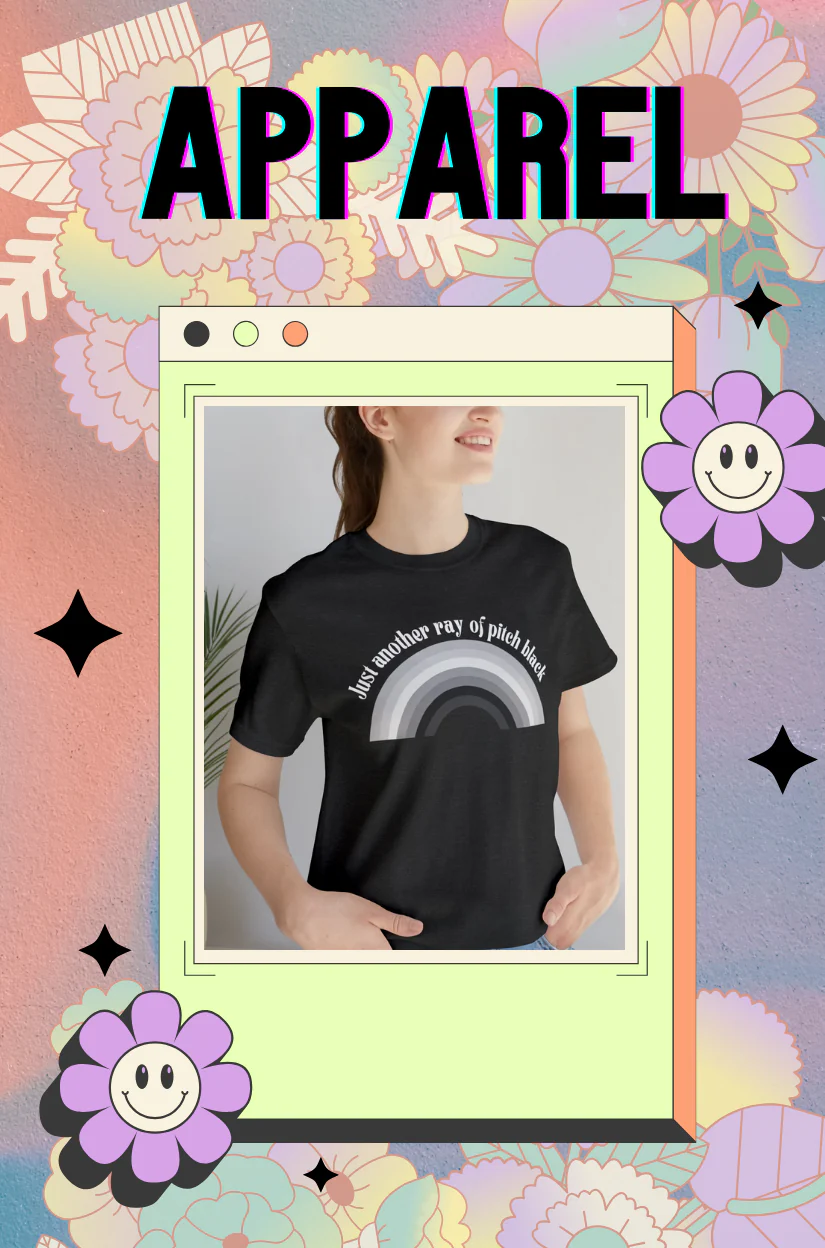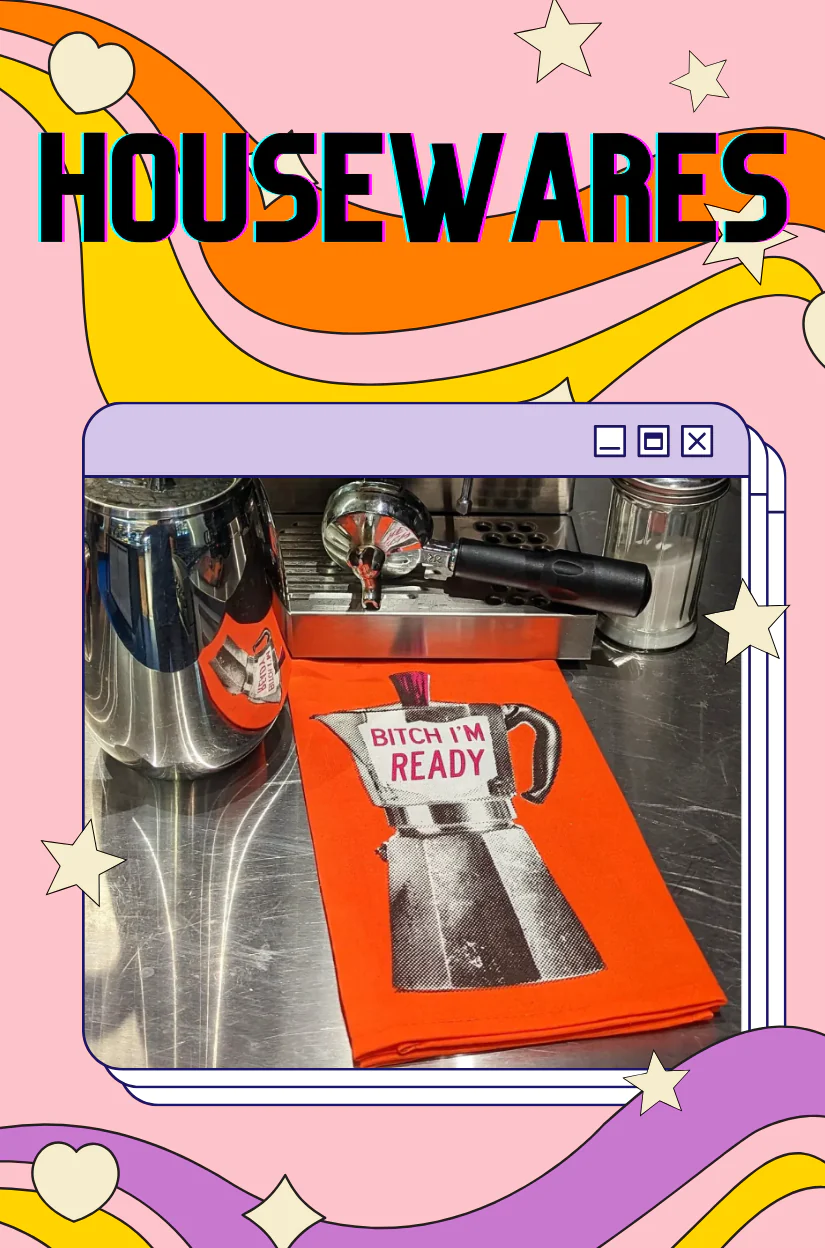This article is more than five years old. It originally ran on a now-defunct website called The Gloss, where Bullish got its start. This post was created entirely by humans, as AI didn’t exist back then (but also: why would you want to read something no one could be bothered to write?) For more recent posts, try here.
Every time I go on vacation, I pack a bunch of “casual clothes.” Then, walking around Mexico City in a sundress (for instance), I feel that I am not conveying a sufficient level of gravitas. I then iPhone my way to the local Zara and buy a blazer, after which I get better service absolutely everywhere, or at least everywhere I care to go. Sharp and pointy shoulders are not just for Lady Gaga.
I started my first company as a college sophomore and then, after graduation, embarked on a phenomenally misguided plan to open up an outpost in Norfolk, Virginia, near my hometown. Being a twenty-two year old woman running a company in the South had its disadvantages, chief among them “brain drain” — the vast majority of people my age who were smart and ambitious had fled the state. Consequently, most of the people I encountered at networking events were in their forties. At one lunch meeting with a potential client, a silver- haired ex-Marine shook — literally shook — with anger at all the “extra handouts” women and minority business owners received. “WHERE’S THE HELP FOR WHITE MEN?” he ranted. His eyes met mine over our chain-restaurant entrees; he was waiting for commiseration. I said, “You can accomplish really amazing things on the internet these days!” (He didn’t become a client).

Considering my environs, I devoured a number of really old-school business books for women — tomes I figured no longer really applied to my generation, but since I wasn’t dealing with my generation, maybe I was in just the right place. One of these was John T. Molloy’s New Women’s Dress for Success. First published in 1976, the book applied a data-driven social science approach to providing sartorial advice. Despite the 2008 publication date on the Kindle edition of the book, the latest edition appears to have been published in 1996. Yet, clicking “Surprise Me” on the search-inside-the-book feature on Amazon brought up this:
If you find yourself wearing a too feminine or too cute dress or skirt outfit, throwing a black jacket over it will help. Avoid black jackets that are made of shiny material or have eye-catching buttons or any other playful characteristics such as a velvet collar or puffed sleeves.
So true! Still!
On page 27 of New Women’s Dress for Success, Molloy describes a “field study” in which women office workers were sent to other departments during lunch hour to make an emergency request (“I need the Smith files!”) to an underling while the boss was out of the office. In half the cases, the women wore “dresses, skirt-and-blouse outfits, and pants-and-blouse outfits,” and in half the cases, the women put on a jacket over those same outfits. The researchers then tracked how long it took in each case for the underling to complete the task the woman requested (in some cases, the request was completely ignored; in other cases, the underling waited for the boss to get back from lunch before even starting). The upshot? Women wearing jackets got their files 32% faster. There’s more:
While putting on a jacket helped every group, women over forty years old, large women, and women wearing conservative dresses were helped least. Young women, petite women, voluptuous women, casually dressed women, and women wearing pants were helped most.
(It seems very odd to me that race is not mentioned here. I suspect it would be a very significant variable. Maybe the omission did not seem odd to some people in 1996.)

In a followup to the study in which the underlings were asked to explain their behavior, in 61% of cases, the underlings said that they assumed the jacket-wearing women outranked them, whereas they did not assume this of the non-jacket-wearing women. Of the jacket-wearing women not assumed to be higher-ranking, many had “hairstyle, makeup, or verbal patterns” that identified them as lower-class, thus giving away the ruse.
This, of course, is offensive! But true! And not surprising! These days, I run a tutoring business; when I am tutoring SAT students with bad handwriting, I have to tell them that, even while the official rules of the SAT say that handwriting doesn’t matter on the essay portion, in actual practice, neatly-written essays get higher scores than messily-written ones. When the students act surprised or offended, I offer this stock reply: “Look, if I tell you that taller people and more attractive people make more money in life, you’re not surprised, right? It’s not on purpose. No one set it up that way. But you’re totally not surprised.” They always get it.
But let’s end on a positive note, shall we? (For a more up-to-date treatment of the topic of appearance and success, check out Looks: Why They Matter More Than You Ever Imagined). Molloy’s book recounts the tale of a female litigator who tracked, with an Excel level of precision, which outfits were most effective with different types of cases she was trying. Molloy reports:
Looking attractive makes most female lawyers more effective — looking beautiful makes them less effective. Women are more effective making emotional appeals when they are wearing feminine clothing, and female jurors like and trust female attorneys dressed in earth tones.
Of course, we don’t all have the option of nailing the precisely optimal level of “attractive,” but women in professional environments do have a lot more options. Men can’t really pull off “earth tones” in the courtroom, much less some type of Mister Rogers sweater- combo that would assist in “making emotional appeals.” There are advantages to be had here, sometimes.
Back in high school, I was wicked serious about the debate team. I wore navy and gray jumpers from J. C. Penney and white blouses with little pearl necklaces. The mini-executive look was pretty standard among top-flight debaters, although many young women preferred trendier, sexier looks. (My $20 OfficeMax briefcase notwithstanding, I think the judges appreciated my nod to adulthood). One of my teammates was a very attractive blonde who showed up to a tournament one day in a tiny little bright red business suit. As she strode by, a male debater from another team followed her with his eyes until she was out of earshot, and said, dumbfounded, “It’s just not FAIR.” And it was true — male business individuality is largely limited to necktie selection.
To be sure, having more options means having more chance to mess up, but still: options.







